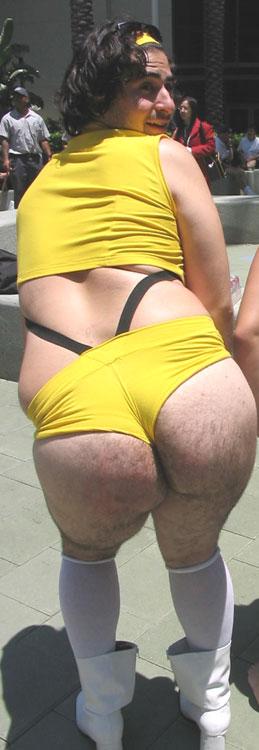Trap: Difference between revisions
Jump to navigation
Jump to search
No edit summary |
1d4chan>FlintTD No edit summary |
||
| Line 1: | Line 1: | ||
{{stub}} | {{stub}} | ||
[[Image:Ackbar.jpg|thumb|right]] | [[Image:Ackbar.jpg|thumb|right]] | ||
A trap can either be a devilishly evil contraption that the GM placed into a campaign to trick the players or to somehow outsmart them (and hopefully kill them) or a [[-4 Str|woman]] who is actually a man (the opposite of this being colloquially known as a Reverse Trap). | A trap can either be a devilishly evil contraption that the GM placed into a campaign to trick the players or to somehow outsmart them (and hopefully kill them) or a [[-4 Str|woman]] who is [[Slaanesh|actually a man]] (the opposite of this being colloquially known as a Reverse Trap). | ||
==In DnD== | ==In DnD== | ||
Revision as of 00:58, 20 July 2011

A trap can either be a devilishly evil contraption that the GM placed into a campaign to trick the players or to somehow outsmart them (and hopefully kill them) or a woman who is actually a man (the opposite of this being colloquially known as a Reverse Trap).
In DnD
Traps are a staple in Dungeons & Dragons. They can take the form of anything from a spring loaded blade on a door to an illusory wall or many others. It is generally used to screw with the players. The rogue in 3.5 and down is, pretty much, the only class that can deal with them, while in 4e anyone can effectively if they choose to work on that skill.
IRL
